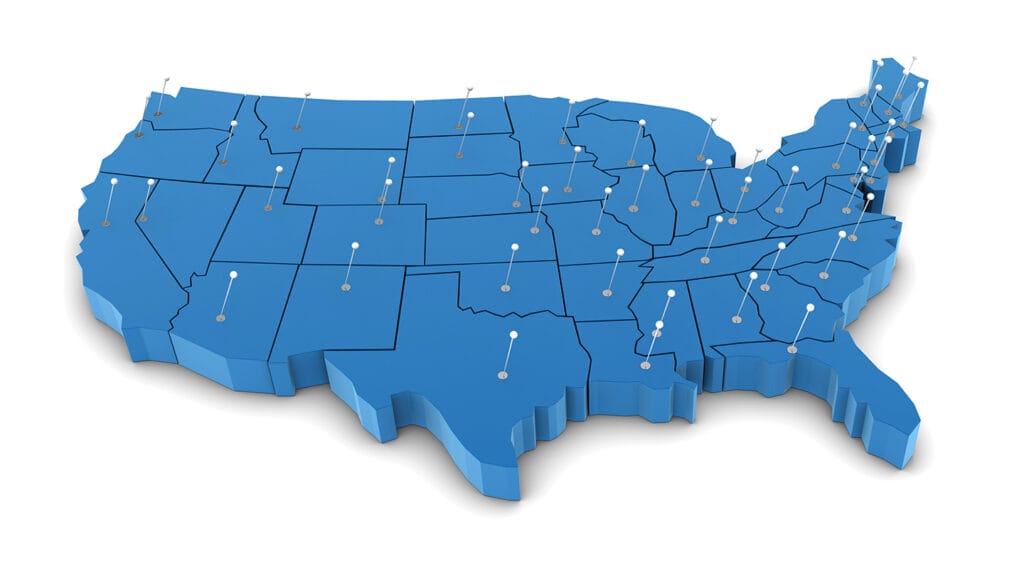Among the terrific home care insights LeadingAge policy experts bestowed on providers at this week’s national conference, one particularly noteworthy one emerged: The discourse in Washington does not align with the actual policy landscape.
“[There is] a lot of positive messaging around care in the home and care economy,” Mollie Gurian, vice president of home-based and HCBS policy for LeadingAge, said at a regulatory session at the conference in Chicago. “We’re really excited about all that conversation … That comes into contrast with the policy reality.”
She pointed out that every facet of home care faces challenges — from home health encountering budget cuts to the ongoing struggle to manage the costs of home- and community-based services and hospice.
The recent unveiling of the home health final rule further underscored this disparity. Despite a recent powerful Senate subcommittee hearing in which senators fully embraced home health providers’ cause, despite the president’s executive order this year advancing home care services, despite numerous bills supporting more money for Medicare home health and home- and community-based services, the regulators continue to stick it to home care providers.
What to make of this disconnect?
I blame bureaucratic silos. The Centers for Medicare & Medicaid Services is not tasked with the job of fixing the home health industry’s staffing problems, shrinking number of agencies or other woes. It is obligated to obey the law and apply data it receives from the Medicare Payment Advisory Commission and other trusted sources. In its home health final rule comments, it acknowledged providers’ concerns that a rate cut will affect beneficiary access by forcing home health agencies (HHAs) to close, sell, shrink service areas, reduce admissions and struggle to retain staff, while many others are operating with, or will operate with, negative margins.
Its response? Not my problem.
“We do not intend to obstruct the provision of home health services to any beneficiary who qualifies for this benefit,” CMS said in the rule. “Overall, CMS’s data on the cost of providing care as reported by HHAs on the Home Health Medicare Cost Reports … and the margin analysis, along with data reported by MedPAC in their annual Medicare payment policy reports to the Congress, indicate that the cost of providing home healthcare remains, on average, below the base payment rate and that HHAs in general continue to experience high profit margins.”
So much for getting through to CMS with advocacy and personal stories of adversity. The agency, it seems, just responds to overarching facts and figures.
Liza Berger is editor of McKnight’s Home Care. Email her at [email protected].


